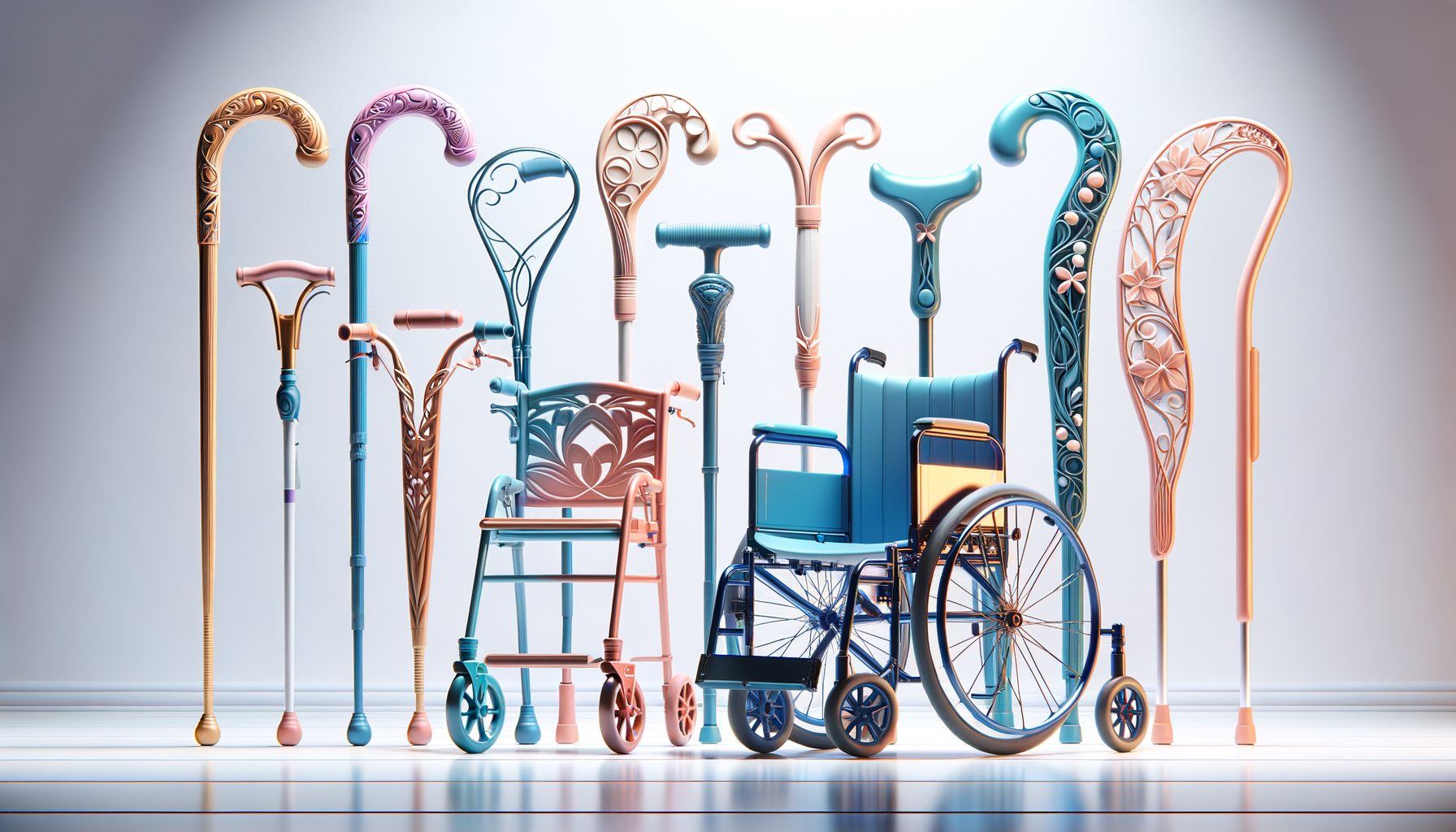The Benefits of Pilates for Seniors
Pilates is a form of exercise that emphasizes controlled movements, flexibility, and core strength. For seniors, these elements are particularly beneficial as they help maintain mobility and independence. Pilates exercises are low-impact, making them gentle on the joints, which is crucial for older adults who may suffer from arthritis or other joint-related issues.
Engaging in Pilates can lead to improved balance and coordination, which are vital for preventing falls—a common concern among the elderly. By focusing on core stability, Pilates helps strengthen the muscles around the spine, which can alleviate back pain and improve posture. Additionally, the practice encourages mindful breathing and concentration, promoting relaxation and reducing stress.
Moreover, Pilates can be adapted to suit various fitness levels, allowing seniors to start slowly and progress at their own pace. This adaptability means that those with limited mobility or chronic conditions can still participate and benefit. Overall, Pilates offers a holistic approach to fitness that supports both physical and mental well-being.
Getting Started with Pilates: What Seniors Need to Know
Starting a new exercise regimen can be daunting, especially for seniors who may not have engaged in regular physical activity for some time. However, Pilates is accessible and can be tailored to individual needs. Before beginning, it’s advisable for seniors to consult with their healthcare provider to ensure it’s safe to do so, particularly if they have existing health conditions.
Once cleared, it’s important to find a qualified Pilates instructor who has experience working with older adults. Many community centers and gyms offer classes specifically designed for seniors, which focus on gentle movements and modifications. These classes provide a supportive environment where participants can feel comfortable and encouraged.
For those who prefer exercising at home, there are numerous online resources and DVDs available. However, it’s crucial to start with beginner-level exercises to avoid injury. As familiarity with the movements increases, seniors can gradually incorporate more challenging exercises into their routine.
Essential Pilates Exercises for Seniors
While there are many Pilates exercises, some are particularly beneficial for seniors due to their focus on balance, flexibility, and strength. Here are a few exercises that can be easily incorporated into a daily routine:
- Pelvic Tilts: This exercise helps improve lower back flexibility and core strength. Lying on the back with knees bent, seniors can gently tilt their pelvis upward and downward, engaging the abdominal muscles.
- Leg Circles: By lying on the back and extending one leg upward, seniors can perform small circles in the air. This exercise enhances hip mobility and strengthens the legs.
- Spine Stretch Forward: Sitting with legs extended, seniors can reach forward, lengthening the spine and stretching the hamstrings. This promotes flexibility and posture.
- Standing Leg Lifts: Using a chair for support, seniors can lift one leg to the side, working on balance and leg strength.
These exercises should be performed slowly and with control, focusing on breathing and proper alignment. Consistent practice can lead to noticeable improvements in overall fitness and mobility.
Adapting Pilates for Different Senior Fitness Levels
One of the key advantages of Pilates is its adaptability to various fitness levels. Seniors with different physical capabilities can all benefit from this exercise form, as it allows for modifications and adjustments based on individual needs.
For seniors with limited mobility, exercises can be performed while seated or lying down to reduce strain on the body. Props such as resistance bands, cushions, and stability balls can be used to assist movements and provide additional support. For those with more advanced fitness levels, Pilates can be intensified by incorporating more complex sequences and increasing the duration of each session.
It’s essential for seniors to listen to their bodies and avoid pushing beyond their comfort zone. Progress should be gradual, and any discomfort or pain should be addressed immediately. With patience and persistence, seniors can enjoy the numerous benefits that Pilates has to offer, regardless of their starting point.
Creating a Sustainable Pilates Routine
For seniors, establishing a sustainable Pilates routine is key to reaping long-term benefits. Consistency is crucial, so it’s important to set realistic goals and create a schedule that fits into daily life. Even short sessions of 15-30 minutes can be effective when performed regularly.
To maintain motivation, seniors can track their progress by noting improvements in flexibility, balance, and strength. Joining a class or finding a workout buddy can also provide accountability and make the experience more enjoyable. It’s also beneficial to vary the routine occasionally to keep it interesting and challenging.
Ultimately, the goal is to make Pilates a part of a healthy lifestyle that includes other activities like walking, swimming, or yoga. By doing so, seniors can enhance their overall well-being, maintain independence, and enjoy an active and fulfilling life.




Leave a Reply